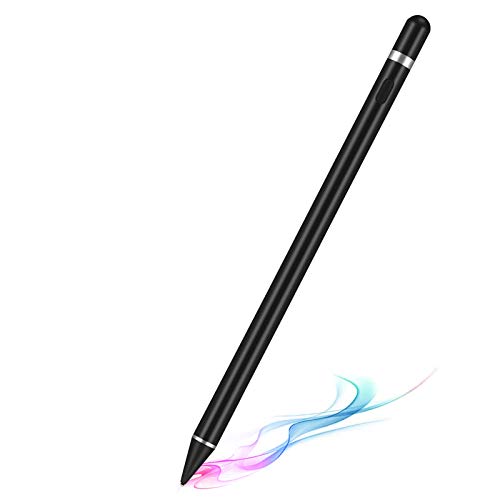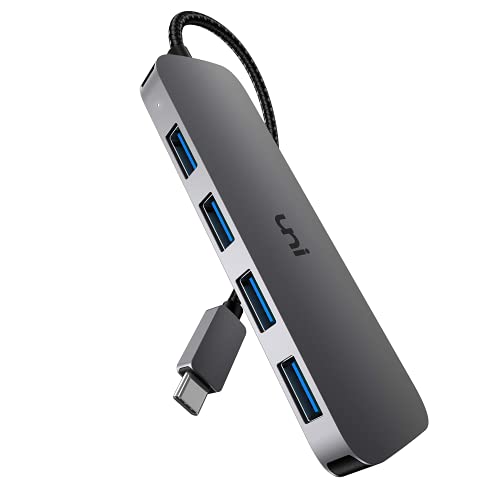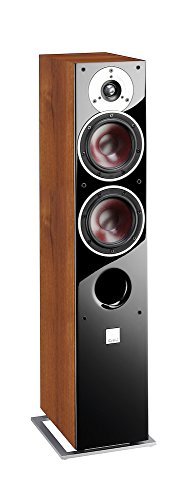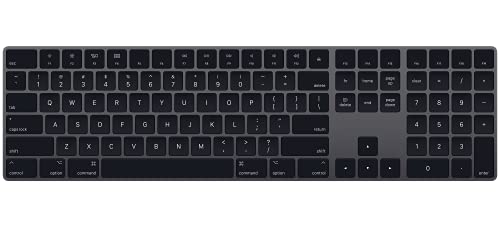macOS’ Activity Montor shows the computer’s activity in every aspect: CPU workload, disc access, network traffic. We show you how to interpret the monitor to determine if you need more memory.
You can find the Activity Monitor in Applictions > Utilities > Activity Monitor. It shows the physically installed memory, the chips that are really in your machine. Below that the used memory from open applications is shown etc.
Interesting for us is the middle screen that shows “Memory Pressure”. Here is why: When the physical memory is full, macOS doesn’t stop there but crams more information in. It does that very efficiently, so that even MacBooks with only 4 GB of RAM, like many MacBook Airs, run very fast. Sooner or later though, this “pressure” gets to high and the amount for compressing and decompressing is so high that it outweighs the otherwise good idea. A second indicator is the “Swap Used”. This shows the amount of data that has to be swapped out on the much slower harddrive or SSD.
As long as you see a green graph, all is fine. If you open multiple apps at once, it can happen that the graph turns orange what means: ok, everything is full but running fast. If you get a red graph and feel the Mac getting slower it is time to invest in some more memory.
Every Gigabyte counts!
We had an older iMac with 4 GB RAM and it was just not enough. The graph turned into the red frequently and there was always 1 GB of Swap used.
As RAM ist pretty cheap and even cheaper if buy it used, you can upgrade for little money. Older iMacs have four memory slots, so it even makes sense to put it two 1 GB modules you can find for free. And believe us: it makes a difference. The overall usability is a lot better.
So this is our Tipp: Just open all the applications that you normally run in parallel. If the graph runs red, buy a bit more memory.









